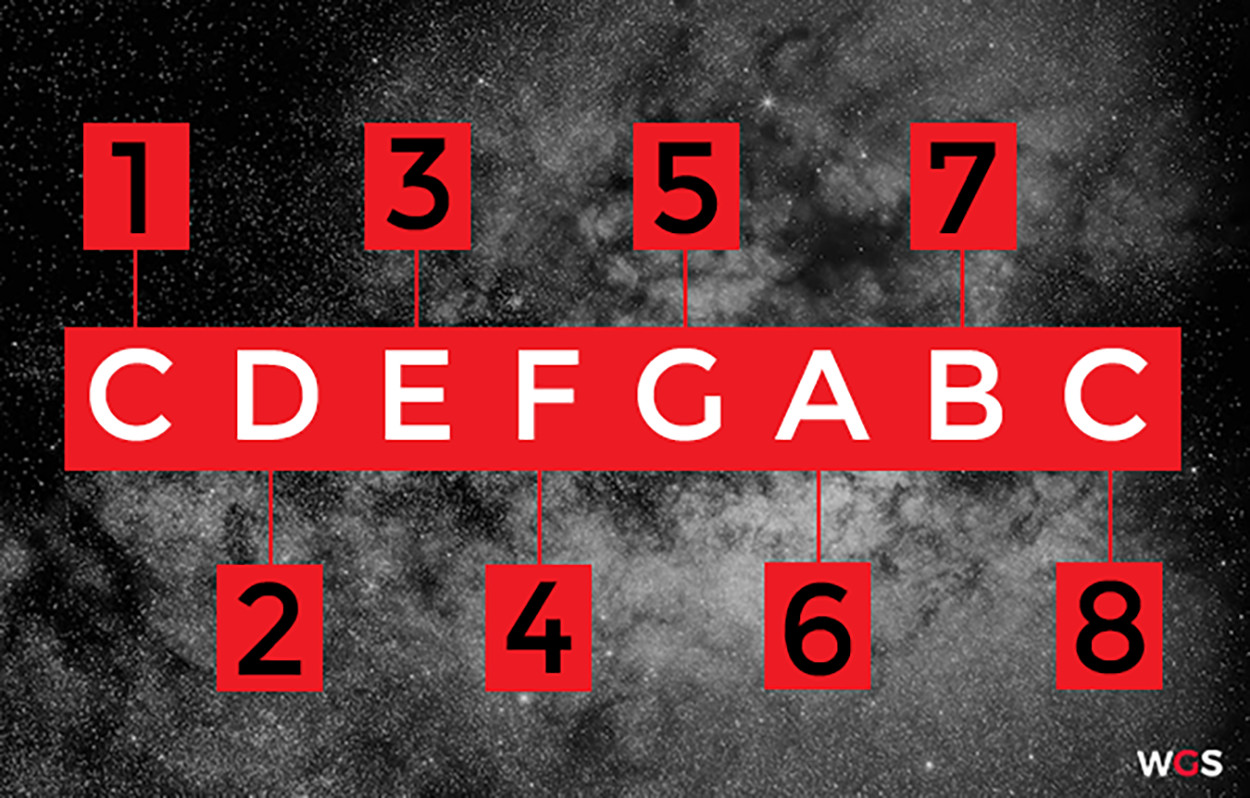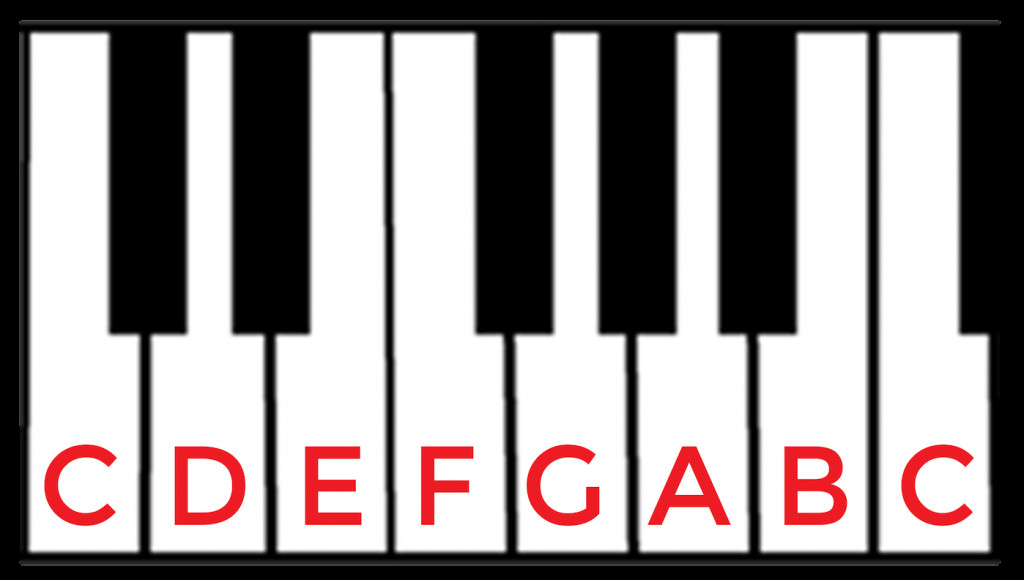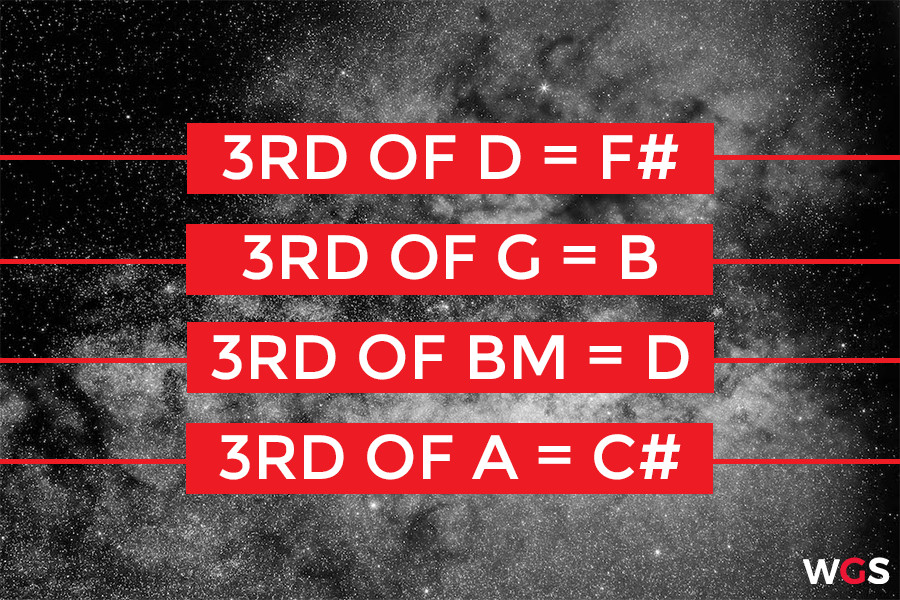In the realm of contemporary worship music, the interplay between two electric guitars can significantly elevate the sonic landscape. This lesson delves into an exciting technique for guitarists playing together, focusing on enriching chord progressions with harmonic depth through the strategic use of octaves.
As demonstrated in the video, realizing this technique necessitates two electric guitars. The prevalence of dual guitar setups in modern worship teams presents a fantastic opportunity to craft a truly expansive and engaging sound by mastering the creation of complementary guitar parts.
A frequent pitfall among guitarists in such setups is the tendency to perform similar parts that occupy the same frequency spectrum within the mix. This overlap can muddy the sonic waters, making it challenging for sound engineers to effectively position each guitar, often leading to one guitar being muted to achieve mix clarity.
So, what’s a more effective approach? While numerous strategies exist, employing octaves to construct 3rds or 5ths harmonies while the other guitarist anchors the low end with power chords is a particularly impactful method.
Before we proceed, let’s clarify what exactly an octave is.
Octave /ˈɒktɪv/ – “a series of eight notes occupying the interval between (and including) two notes, one having twice or half the frequency of vibration of the other.”
True to its name, an octave represents an interval spanning eight notes. For instance, moving from one C note to the next C note higher or lower is an octave.
 Octave on piano and guitar
Octave on piano and guitar
Alt text: Visual representation of an octave on a piano keyboard, highlighting the C to C interval, demonstrating worship guitar chords.
Visually, on a piano, an octave from C to C is laid out as follows:
 C to C octave on piano
C to C octave on piano
Alt text: Diagram showing a C to C octave on a piano keyboard, illustrating the span of worship guitar chords.
On the A string of a guitar, the octave interval can be visualized in this manner:
Observing an interval on a single string helps to grasp the physical distance between the notes. Since playing two notes simultaneously on the same string isn’t possible, we typically realize octaves across different strings, such as this common configuration:
 C to C octave shape on guitar strings A and G
C to C octave shape on guitar strings A and G
Alt text: Guitar fretboard diagram illustrating the C to C octave shape using the A and G strings, useful for worship guitar chords.
This is the specific octave shape utilized in the examples provided. Now that we have a clear understanding of the octave shape, let’s explore its application with fundamental triad chords – a cornerstone of Worship Guitar Chords.
Basic major and minor chords are classified as triads, signifying that they are constructed from three distinct notes: the Root, the 3rd, and the 5th. These three notes, when played together, form a triad and are known as chord tones.
Chord construction will be explored in greater depth in a future lesson, but for now, here’s a breakdown of the chord tones:
With the chord tones identified, the second guitar can effectively play either the 3rds or the 5ths of the chord in octaves, while the first guitar lays down a foundation with single notes or power chords.
In the accompanying example, fifths are used initially, notated as follows:
 Guitar tab showing fifths in octaves
Guitar tab showing fifths in octaves
Alt text: Guitar tablature displaying fifth intervals played in octaves, enhancing worship guitar chords.
Subsequently, 3rds are employed:
 Guitar tab showing thirds in octaves
Guitar tab showing thirds in octaves
Alt text: Guitar tablature illustrating third intervals played in octaves, adding color to worship guitar chords.
Upon listening to the example, you’ll notice that 5ths possess a resonant and powerful quality, while 3rds introduce a sweeter tone and richer harmonic color.
This explanation provides a foundational understanding of this technique. Future lessons will delve into combining diverse notes and incorporating non-chord tones to achieve more intricate harmonic and melodic textures within worship guitar chords.
For now, experiment with playing 3rds and 5ths using octaves in your worship guitar practice. While ideal for dual guitar setups, this technique can also be creatively adapted for solo guitar arrangements in worship settings.
We trust this lesson has been insightful and inspires you to utilize octaves when crafting dual guitar parts for worship songs.
If you’re eager to further explore techniques for composing modern worship guitar parts, we invite you to enroll in our free 7-day guitar challenge.
DOWNLOAD THE TAB >>

